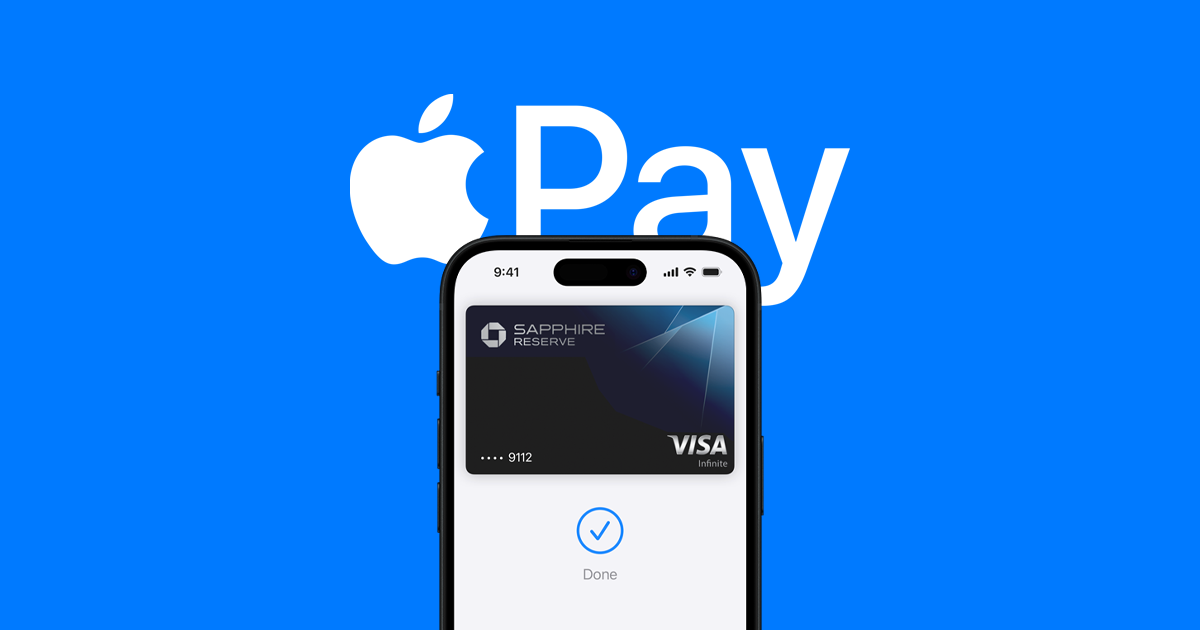The tech world is abuzz with whispers and rumors surrounding Apple’s upcoming product releases, particularly the anticipated HomePod refresh and the highly anticipated iPhone 17 series. Let’s delve into the latest insights gleaned from supply chain rumblings and industry analysts, painting a clearer picture of what we might expect from Apple in the near future.
A New Era for Home Audio: The HomePod with a Screen Takes Shape
For years, rumors have circulated about a HomePod with an integrated display, transforming it from a mere smart speaker into a central hub for the connected home. Recent reports suggest this vision is finally nearing reality. Sources within the supply chain indicate that Apple is gearing up for the launch of a redesigned HomePod, potentially dubbed a “Command Center,” featuring a 7-inch LCD screen.
This shift marks a significant evolution for the HomePod, potentially opening up a wealth of new functionalities. Imagine video calls directly from your HomePod, visual control of smart home devices, or even displaying recipes while cooking. The possibilities are vast.
Interestingly, reports point to Tianma Microelectronics, a Chinese display manufacturer, as the exclusive supplier of these 7-inch LCD panels. This is a notable departure from Apple’s usual reliance on established display giants like Samsung Display, LG Display, and BOE. The reported low cost of these panels—around $10 each—suggests Apple may be aiming for a more competitive price point for this new HomePod model.
Further supply chain details reveal that Radiant Optoelectronics, a Taiwanese company, will handle the backlight module production, while assembly will be entrusted to BYD, a prominent Chinese manufacturer. This intricate web of suppliers highlights the complex logistics involved in bringing a new product to market.
While initial rumors suggested a launch in early 2024, the HomePod with a display has reportedly faced several delays. Initially pushed to late 2024, the current whispers point towards a potential release in the second half of 2025. This delay could be attributed to various factors, including supply chain constraints, software development, or Apple’s strategic product release schedule.
Keeping it Cool: The iPhone 17’s Thermal Overhaul
Moving on to the iPhone, the rumor mill is churning with details about the iPhone 17 lineup, specifically focusing on a significant upgrade to its thermal management system. According to recent reports, Apple is poised to implement vapor chamber technology across the entire iPhone 17 range, including the standard iPhone 17, the rumored “Air” model, the iPhone 17 Pro, and the iPhone 17 Pro Max.
Vapor chamber technology is a well-established method for dissipating heat in high-performance devices. It works by utilizing a sealed chamber containing a fluid that vaporizes when heated, transferring heat away from the source and distributing it across a larger area. This prevents localized hotspots and helps maintain consistent performance, especially during demanding tasks like gaming or video editing.
While the iPhone 16 Pro addressed some of the thermal concerns that surfaced with the iPhone 15 Pro through an improved internal structure, reports suggest that further improvements are needed to handle increasingly powerful processors and demanding applications. The introduction of vapor chambers is expected to provide a substantial boost to thermal performance, ensuring consistent performance even under heavy load.
This move aligns with the trend seen in many high-end Android smartphones, which have already adopted vapor chamber technology. It signifies Apple’s commitment to pushing the performance envelope while maintaining a sleek and compact design.
It’s worth noting that conflicting reports have emerged regarding the extent of this thermal upgrade. Last year, analyst Ming-Chi Kuo suggested that only the iPhone 17 Pro Max would feature a combined vapor chamber and graphene sheet cooling system, while other models would rely solely on graphene sheets. The latest reports, however, indicate a broader adoption of vapor chamber technology across the entire lineup. This discrepancy highlights the fluid nature of pre-release information and the importance of taking all rumors with a grain of salt.
Looking Ahead: Apple’s Vision for the Future
These insights into the upcoming HomePod and iPhone 17 provide a glimpse into Apple’s product strategy for the coming years. The HomePod’s transformation into a smart home hub with a display suggests a deeper integration into our daily lives, while the iPhone 17’s thermal enhancements underscore Apple’s commitment to delivering cutting-edge performance. As we move closer to their anticipated release dates, we can expect more details to emerge, further clarifying Apple’s vision for the future of technology.


